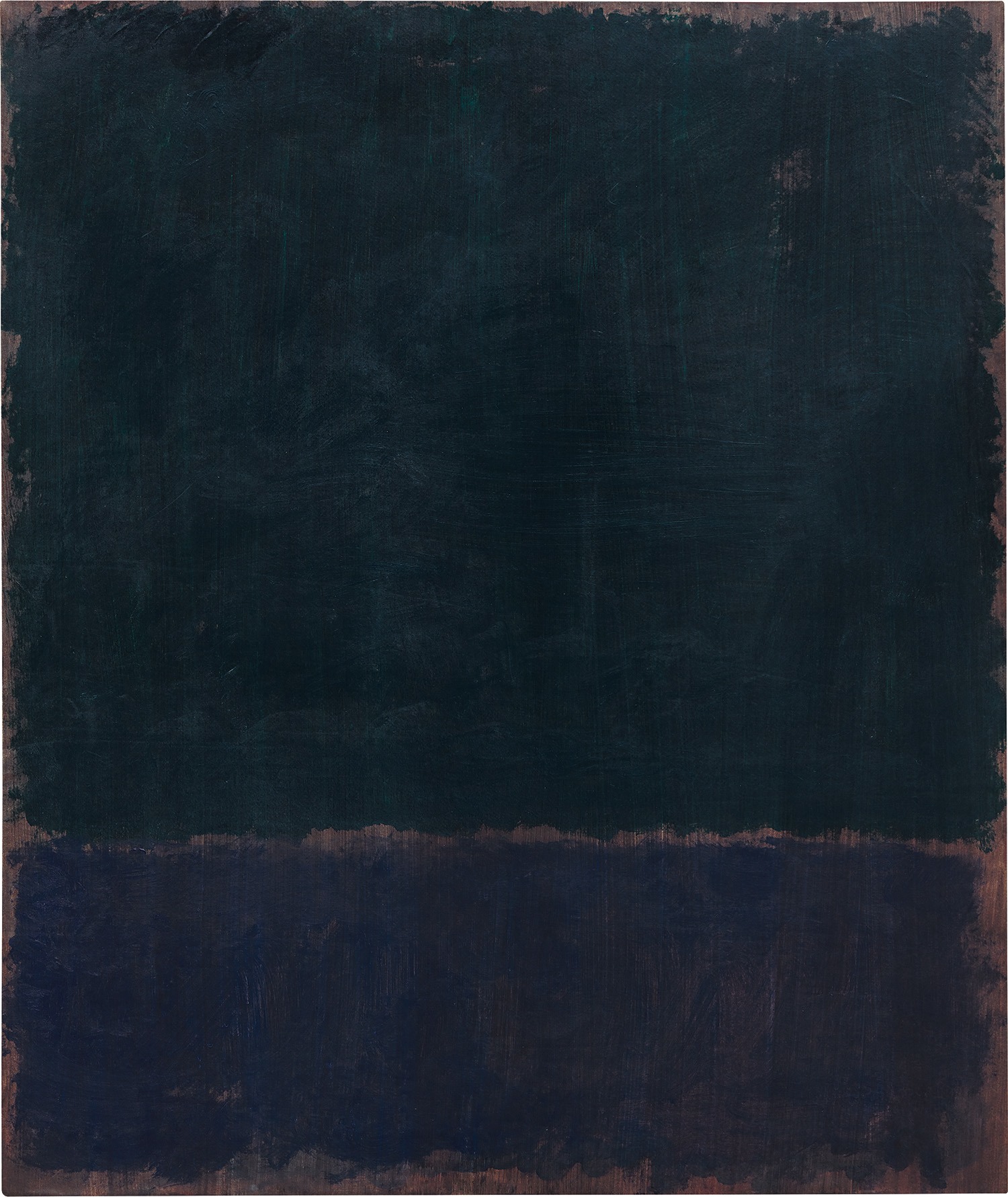

Property of a West Coast Collector
15
Mark Rothko
Untitled (Black Blue Painting)
acrylic on paper laid on linen
121.3 x 101.9 cm (47 3/4 x 40 1/8 in.)
Executed in 1968, this work is being considered for inclusion in the forthcoming Mark Rothko Online Resource and Catalogue Raisonné of Works on Paper compiled by the National Gallery of Art, Washington D.C.